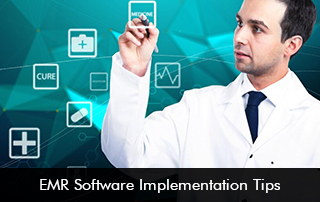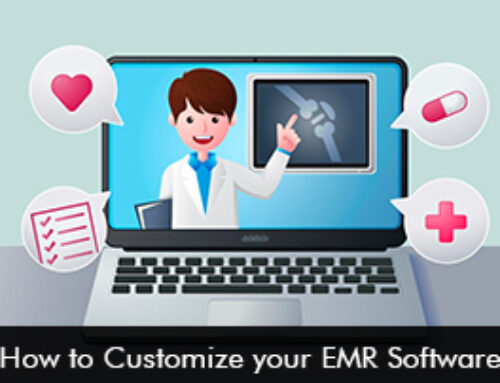Putting in place Electronic Medical Records (EMR) Software is a vital move for any healthcare provider aiming to boost patient care, streamline workflow, and stay on the right side of industry regulations. By 2021, almost 80% of doctors working in offices and a huge majority of non-federal acute care hospitals – 96% to be exact – had started using a certified Electronic Health Record (EHR) system. Even so, pulling off this changeover can be tough if it’s not planned and carried out meticulously. So, here are some key pointers to help you have a smooth and effective EMR software setup.
Tips for a Smooth EHR Software Implementation
Choose the Right EMR Software Vendor
Finding the perfect EHR software for your practice is job number one, and it’s super important. Consider how easy it is to use, how much you can tailor it to your needs, whether it plays nicely with your current systems, and how much help the company provides. Some of the top EMR Systems companies in the US, known for their great support during setup, are AdvancedMD EMR Software, and athenahealth EMR Software.
Engage Stakeholders Early
Get everyone involved from the get-go – doctors, nurses, administrative staff, and the IT team. Their feedback will make sure the Electronic Medical Records software chosen works for your organization and that everyone’s more likely to use it.
Create a Clear Implementation Plan
Make a detailed schedule with all the big steps, who’s responsible for what, and when things need to be done. It’s a good idea to start with a trial run first; this way, you can spot any potential problems before launching the EHR Software across the whole organization.
Invest in Broad Training
Training is crucial for getting the most out of the EMR Software. Many vendors, such as athenahealth EMR Software and eClinicalWorks EHR Software, offer thorough training programs. These include webinars, on-site training, and user manuals, to make sure the learning process is smooth.
Ensure Accurate Data Migration
Moving patient records from paper or old systems to the new EMR Software should be done carefully. Work closely with the vendor to ensure the data is accurate and to avoid losing any important patient information.
Post EMR Software Implementation Phase
Once the electronic health records software is up and running, it’s crucial to keep a close eye on how well the software is doing, how satisfied users are with it, and how smoothly it fits into the workflow. To ensure the EMR system keeps getting better over time, it’s a good idea to provide regular updates and also offer refresher training sessions. Implementing EMR software is a big change, one that calls for some serious planning and teamwork.







